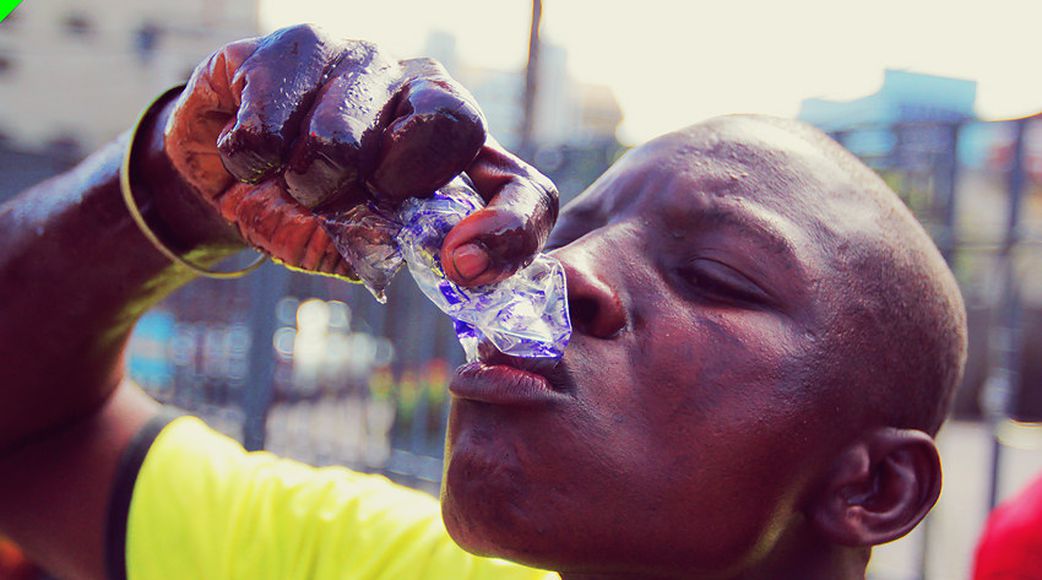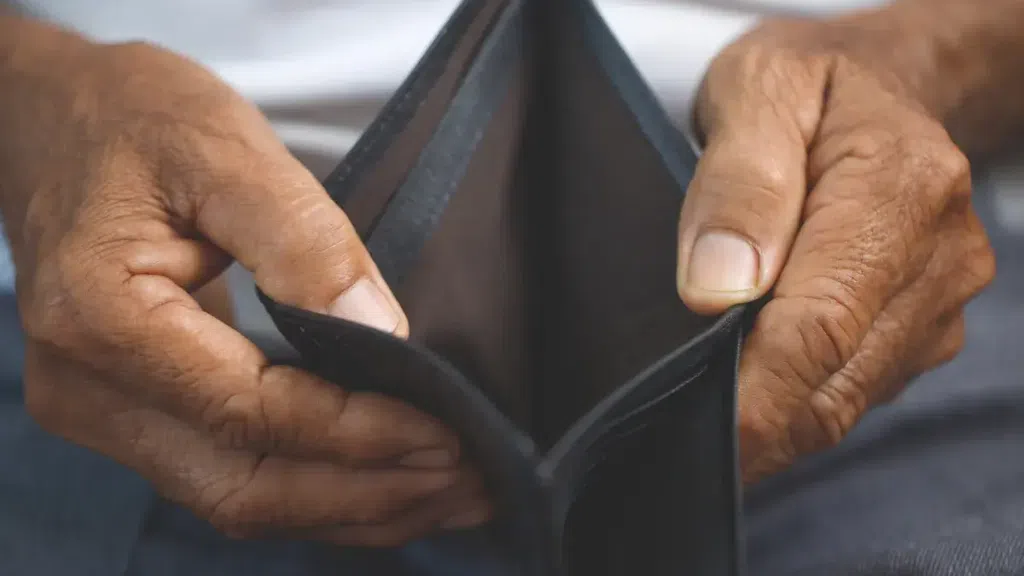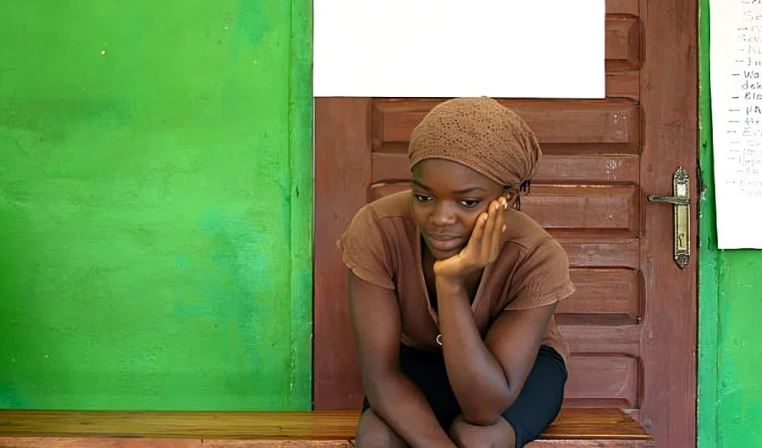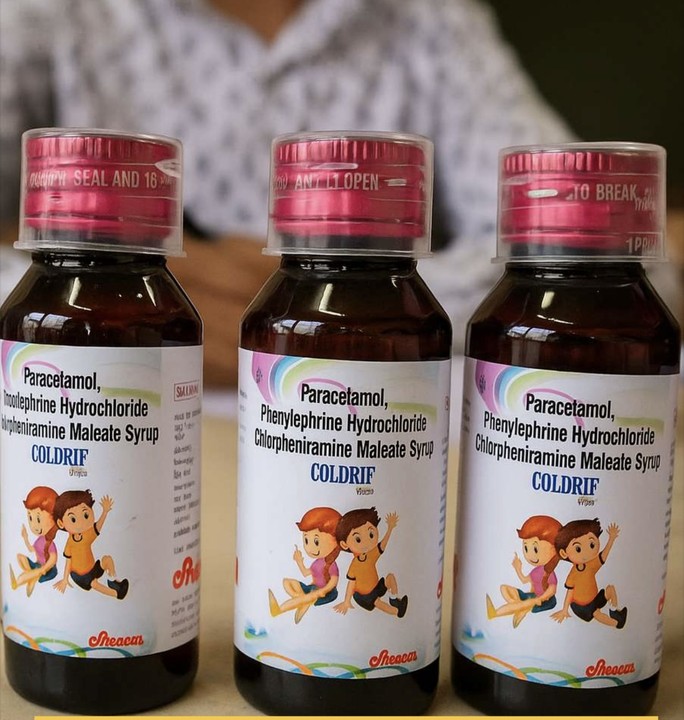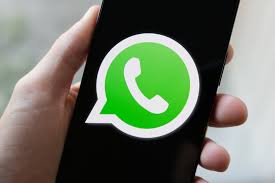For many Nigerians, sachet water is the most accessible source of drinking water. But have you ever stopped to ask: how pure is this “pure water,” really?
We’re not here to scare you—but we do want you to think twice.
Most of us assume that once water is sealed in a sachet, it’s clean and safe. Sadly, that’s not always true. Behind the scenes, there’s a lot going on that you might not see or hear about.
1. Not All ‘Pure Water’ is NAFDAC Approved
Just because it comes in a sealed sachet doesn’t mean it’s safe.
Many of the sachet water brands on the streets aren’t registered with NAFDAC. Some are made in questionable conditions—in tiny backyard setups with no proper filtration or hygiene standards. Worse still, some even carry fake NAFDAC numbers to appear legit.
What does that mean for you? You could be drinking water contaminated with bacteria, viruses, or even heavy metals—risking illnesses like typhoid, cholera, and diarrhoea.
2. How It’s Stored Matters
Even if the water was clean when it left the factory, poor handling can ruin everything.
You’ve probably seen sachets stacked on the ground in markets, baking under the sun, or dragged around in dirty wheelbarrows. That exposure to heat, dust, and germs can make even the cleanest water unsafe.
Heat, in particular, can cause harmful chemicals to leach from the plastic into the water—especially if stored for long periods in hot conditions.
3. Dirty Production Environments
If you’ve ever visited a small-scale sachet water factory, you know some of them are far from sanitary.
Think unfiltered borehole water, dirty equipment, and workers handling sachets with unwashed hands. Without proper filtration or regular quality checks, some producers are basically sealing untreated water and selling it as “pure.”
This contaminated water can contain harmful microorganisms, leading to constant stomach issues for unsuspecting consumers.
4. Stop Tearing Sachets with Your Teeth
Yes, it’s convenient. But have you considered where that sachet has been?
By biting directly into the plastic, you could be introducing harmful bacteria straight into your mouth. That sachet has likely been touched by multiple hands, dropped, stepped on, or exposed to dirt and flies.
A better option? Use clean scissors or at least rinse the sachet before drinking. It might seem like extra effort, but your health is worth it.
5. The Real Risk: Typhoid, Cholera, and More
Waterborne diseases are no joke. Many Nigerians treat typhoid like it’s just another flu, but these infections can be deadly.
Unsafe water is one of the biggest culprits. And while antibiotics offer short-term relief, overusing them weakens your gut and leads to resistance—making treatment harder in the future.
So, What Should You Do?
We know sachet water is convenient and affordable—but don’t take it for granted. Here’s what you can do to stay safe:
- Always check the brand and look for genuine NAFDAC approval
- Avoid sachets that look bloated, dirty, or poorly sealed
- Don’t store them in hot places
- When possible, choose bottled water from trusted brands or use a water filter at home
Your health is priceless. Don’t let a ₦50 sachet lead to a ₦50,000 hospital bill

